Imsil N Cheese Festival (임실N치즈축제)
.0M 2025-07-11
50 Doin 2-gil, Imsil-gun, Jeonbuk-do
+82-63-643-3900
Imsil N Cheese Festival is held every fall in Imsil, the birthplace of cheese production in Korea, at Imsil Cheese Theme Park and Imsil Cheese Village, which are proud symbols of the region. Visitors are greeted by the aroma of delicious cheese as they wander through the beautiful chrysanthemum flower garden with millions of blooms. The festival features more than 10 main themes and 70 programs centered around cheese, offering a rich and diverse experience. Events include Imsil N Busking, kids’ concerts, various craft experiences, and a stamp rally tour, ensuring plenty of fun for everyone.
◎ Tip
It is recommended to bring a tripod or an extra battery pack to take many pictures of the quaint buildings and flower gardens at the festival.
Imsil Cheese Theme Park (임실치즈테마파크)
36.5M 2024-04-07
50, Doin 2-gil, Imsil-gun, Jeonbuk-do
+82-63-643-9540
Imsil Cheese Theme Park is the only cheese related theme park in Korea. Open in 1960, the park provide visitors a chance to enjoy the delicious Imsil cheese in various ways.
Imsil Cheese Village (임실 치즈마을)
681.0M 2025-01-17
4 Cheese maeul 1-gil, Imsil-eup, Imsil-gun, Jeonbuk-do
Imsil Cheese Village is the home of Korean cheese. In 1966, Father Didier t'Serstevens (Korean name: Ji Jeong-hwan), a Belgian priest, brought two mountain goats to the village and started making cheese. He worked day and night with the locals to make the cheese that has earned its current reputation. Imsil Cheese Village runs experience programs such as mozzarella cheese making and yogurt making.
Saseondae Tourist Resort & Sculpture Park (사선대관광지&조각공원)
5.0Km 2024-04-07
68-7, Saseon 2-gil, Imsil-gun, Jeonbuk-do
+82-63-640-2921
Saseondae Tourist Area was established around the upper region of the Seomjingang River. The pine trees are dense, cherry blossoms bloom in spring, and autumn leaves are spectacular in fall in this area. At the Sculpture Park next to the Saseondae Tourist Area, visitors can enjoy sculptures by local sculptors and international artists from the nearby Ogung-ri Art Village.
Jinan Baegundonggyegok Valley (백운동계곡(진안))
12.5Km 2024-04-07
Baegam-ri, Baegun-myeon, Jinan-gun, Jeonbuk-do
Baegundonggyegok Valley is between Deoktaesan Mountain and Seongaksan Mountain. The water in the valley flows into the Seomjingang River, and there are many small waterfalls and wide rocky areas. The water is abundant, and the waterfalls are cool. The sound of the waterfalls in the dense forest is enjoyable to listen to, and it is famous for its scenery that makes visitors feel like they are in paradise.
Yeolimjae Pension (여림재펜션)
14.7Km 2024-12-13
96 , Jungnimpyeonbaek-gil, Wanju-gun, Jeonbuk-do
+82-10-8375-0258
Yeolimjae Pension is a newly built modern three-story pension located in Wanju, Jeollabuk-do. The pension has five guest rooms, ranging from couple rooms for two people to family rooms. Each room comes with a bathroom, a kitchen, and a private terrace. From the terrace, you can enjoy a cup of tea while taking in the mountain scenery. The garden includes an outdoor swimming pool and a picnic table adjacent to it. Be sure to check the availability of the barbecue area in advance since it differs from room to room. Nearby tourist attractions include Sanggwan Cypress Forest, Jeonju Hanok Village, and Ongnyeobong Peak Valley.
Waryong Recreational Forest (와룡자연휴양림)
16.5Km 2024-04-07
362, Biryong-ro, Jangsu-gun, Jeonbuk-do
+82-63-350-2477
Waryong Recreational Forest opened in June 1996 and serves as a family-friendly vacation destination to interact with nature. The park can accept up to 1,200 visitors per day. It also has a camping site as well as lodging facilities for both individual and group visitors. Children can learn about nature and the ecosystem through a variety of programs as well as enjoy forest bathing.
Association for Preservation of Pilbong Farmers Music of Imsil (임실필봉농악보존회)
16.8Km 2024-12-13
272 , Gangun-ro, Imsil-gun, Jeonbuk-do
+82-63-643-1902
Chwirakwon is a popular hanok stay operated by the Association for the Preservation of Pilbong Farmer's Music of Imsil. Chwirakwon offers rooms for two or for groups, depending on the number of guests. There are 11 guest rooms, all of which have a private bathroom with a shower. It is recommended that you check ahead of time whether cooking facilities are available in each room. At Pilbong Cultural Village, you may dine in the restaurant or rent a grill. A permanent performance is held every Thursday through Saturday under the theme of Imsil Pilbong Nongak. Nearby tourist attractions include Okjeongho Lake and the Hoemunsan National Recreational Forest.
Pilbong 100 Years: The Dancing Kkwaenggwari Player Dance by Leading Gong-Player(춤추는 상쇠 필봉백년)
16.8Km 2025-06-12
전북특별자치도 임실군 강진면 강운로 272
Honbul Literary House (혼불문학관)
16.9Km 2024-04-07
52, Nobongan-gil, Namwon-si, Jeonbuk-do
+82-63-620-6788
"Honbul" is an epic novel written about three generations of women from the Namwon Lee clan living under the rule of the Japanese in the 1930s. The word "honbul" literally means "a torch of the soul" and refers to the indomitable spirits of the women that persevered through hard times. The novel was written by the late Choi Myeong-hee over a period of 17 years and remains a much celebrated novel.
Sangsin Village and Nobong Village in Namwon-si are the hometowns of the author and served as the background of the novel "Honbul." Located inside the village is a traditional Korean house that is an example of yangban (noble class) architecture and the Honbul Literary House, where visitors have an opportunity to gain a deeper understanding of the novel "Honbul." At the entrance of Nobong Village stands a pair of jangseungs (Korean traditional totem poles), welcoming visitors inside.
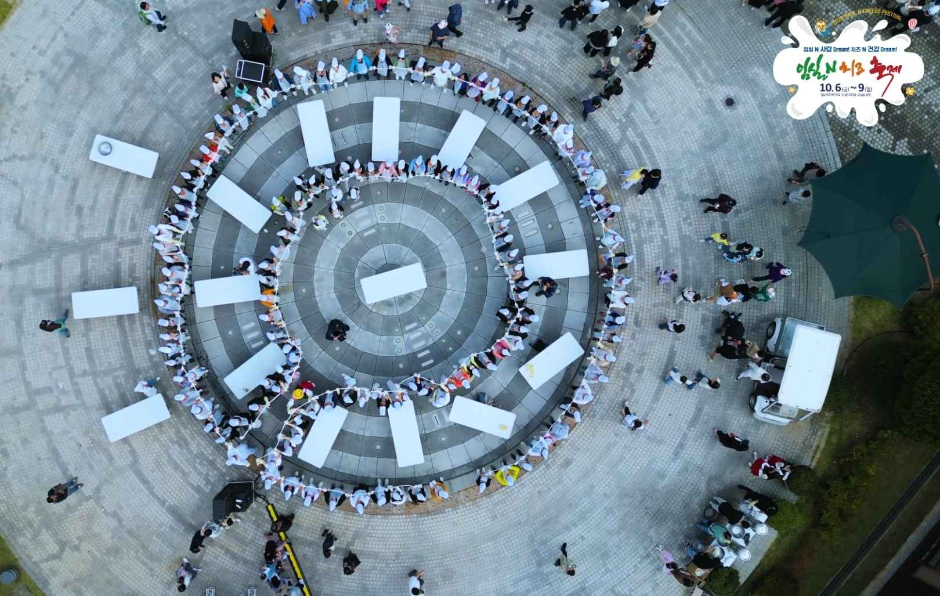

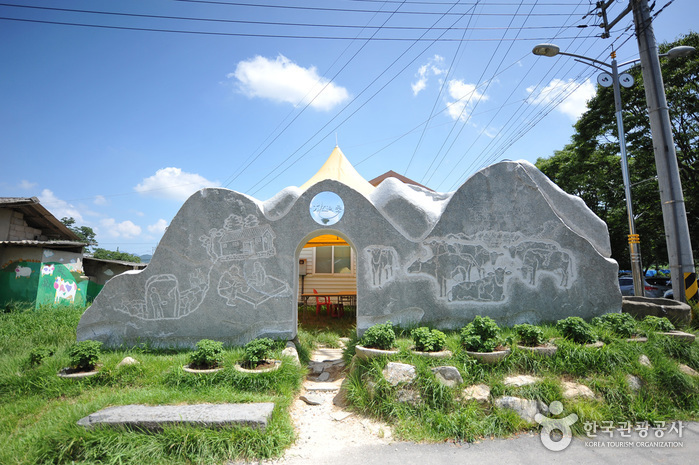
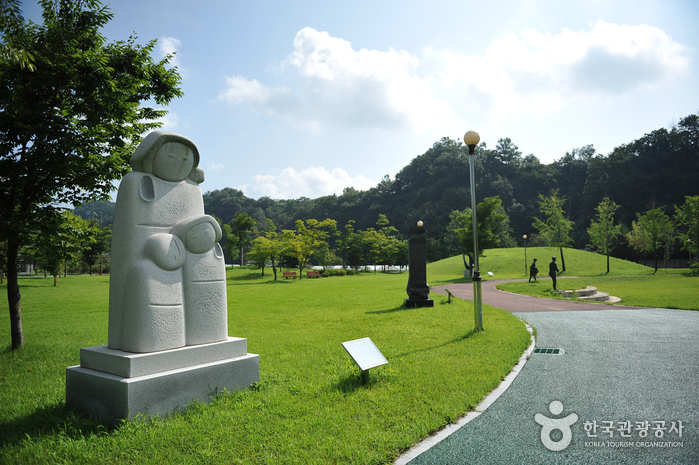
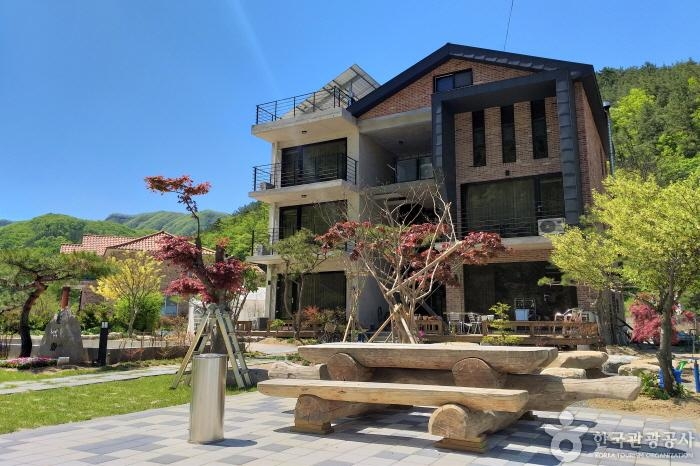
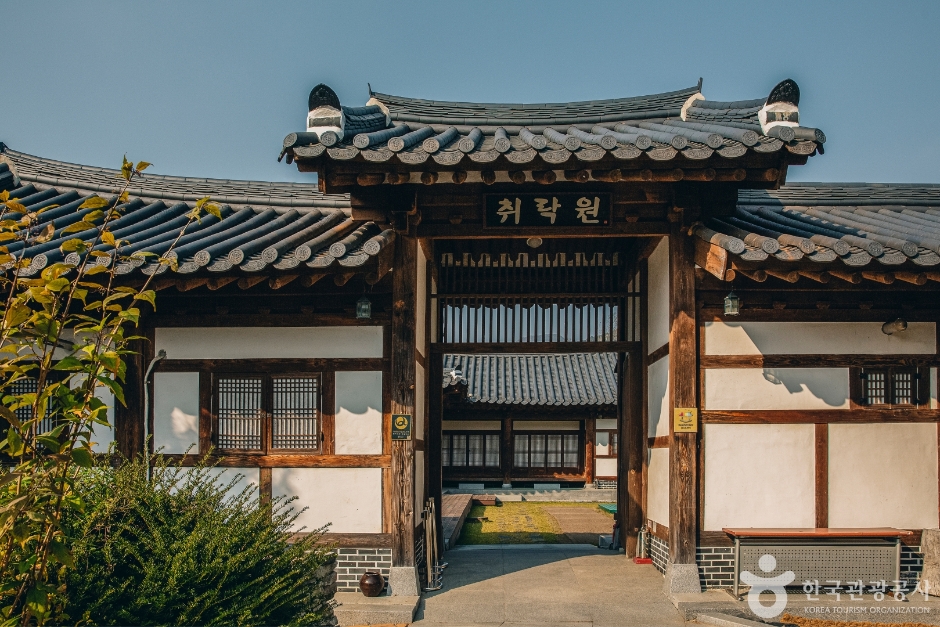
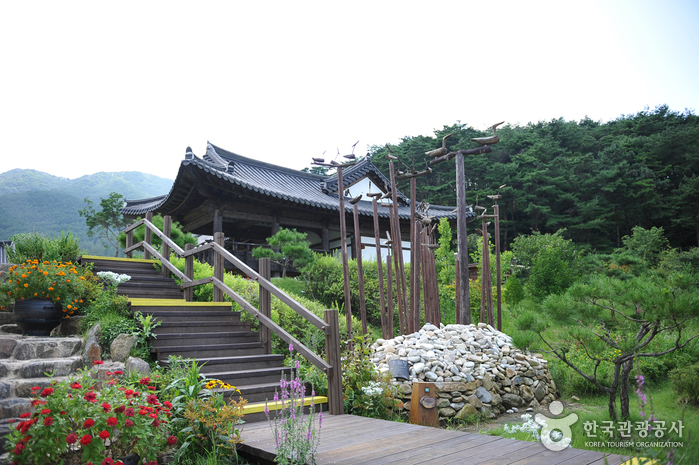
 English
English
 한국어
한국어 日本語
日本語 中文(简体)
中文(简体) Deutsch
Deutsch Français
Français Español
Español Русский
Русский